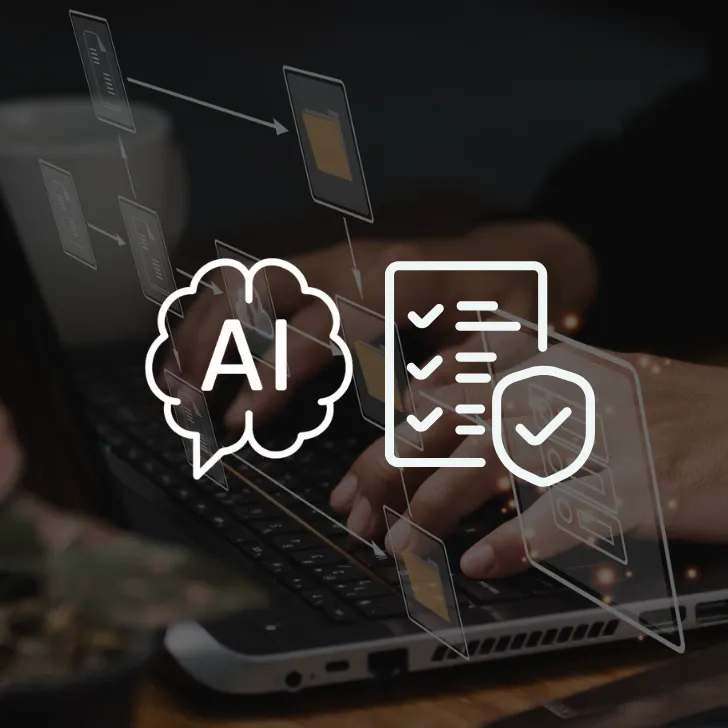A Rules Engine for the Modern Era
DecisionRules is simple but versatile. If you can imagine it, you can build it.
FEATURES
Edit Rule Tables like a Spreadsheet
Business users love our Decision Tables – they feel like Excel spreadsheets. No need to learn new things when you can use what you know.
- Excel-like experience
- Export and import to Excel
- No steep learning curve
Let AI do the Hard Stuff
Stop doing tedious tasks that are killing your productivity. Our AI Assistant can speed up rule creation and save you days of manual work.
- Generate rules from written text
- Generate testing data
- Get relevant insights
Try for yourself
You are about 5 clicks away from creating your first business rule
Start in our Public Cloud for free, no credit card needed, no commitment.
Get Instant Feedback
Testing your rules has never been easier. With our strong debugging tools, you’ll always know what happened, and you can quickly make the rule work as you intended.
- Visual evaluation feedback
- Comprehensive logs
- AI-powered debugging
Never Start from Scratch
With our ever-growing template library, you will never have to start from scratch. Accelerate your rules engine adoption and learn from examples, not Docs.
- Rule templates for real use-cases
- All major industries covered
- Detailed tutorials
How it works
Instant Business Changes
Make parametric changes to your rules in 10 min.
Create New Version
5 minutes
Create a new version and update the rule.
Test and Debug
4 minutes
Instantly test your rule and check whether it works as intended.
Publish
1 minute
Publish the rule in a single click, and you are done.
Monitor
ongoing
Monitor traffic and analyze execution data to see the impact of the changes.
performance
Fast Rule Execution at Enterprise Scale
DecisionRules is built for high-performance rule processing, delivering real-time execution even for complex logic. With its effective scaling, it handles high decision volumes while maintaining stability and top performance.

Security
We Take Security Seriously
We are committed to maintaining the highest information security, privacy, and compliance standards.
ISO
GDPR
Escrow
Our plans
Ready for Business of Any Size
Startups & Small Businesses
Public Cloud
Start using DecisionRules in 2 minutes with our easiest and most affordable option — no setup, no overhead.
Medium & Large Businesses
Private Managed Cloud
Need a private setup without the hassle? Get full data control while we handle deployment and maintenance.
Enterprise
On Premise / Private Cloud
Full control for enterprises with strict security or compliance needs. Your team manages the environment.
learning hub
Jump Right in
At DecisionRules, we are in favor of learning by doing. You can start today, without any commitment.
Boost Your Skills
Our Academy features free tutorials and videos that will quickly get you on track.
See Rules in Action
The best way to learn is from examples. Our samples are the best way to see how it works.
Find Anything
Our Docs are detailed and well maintained. We strive to help you find what you need.







